Among the ancestral mysteries of the Maya Culture lies a color that defies the passage of time, a hue that the ancients considered more than a mere pigment. This shade not only adorned their murals and altars but carried with it a history that challenges logic and surprises modern experts.
Immerse yourself in Maya Blue, a hue that holds millennia-old secrets and astonishingly still adorns the murals to this day, resisting the ravages of time for many years. This color, mysterious and enduring, merges into a unique journey aboard the Maya Train, where ancient history intertwines with modernity in an unforgettable voyage.
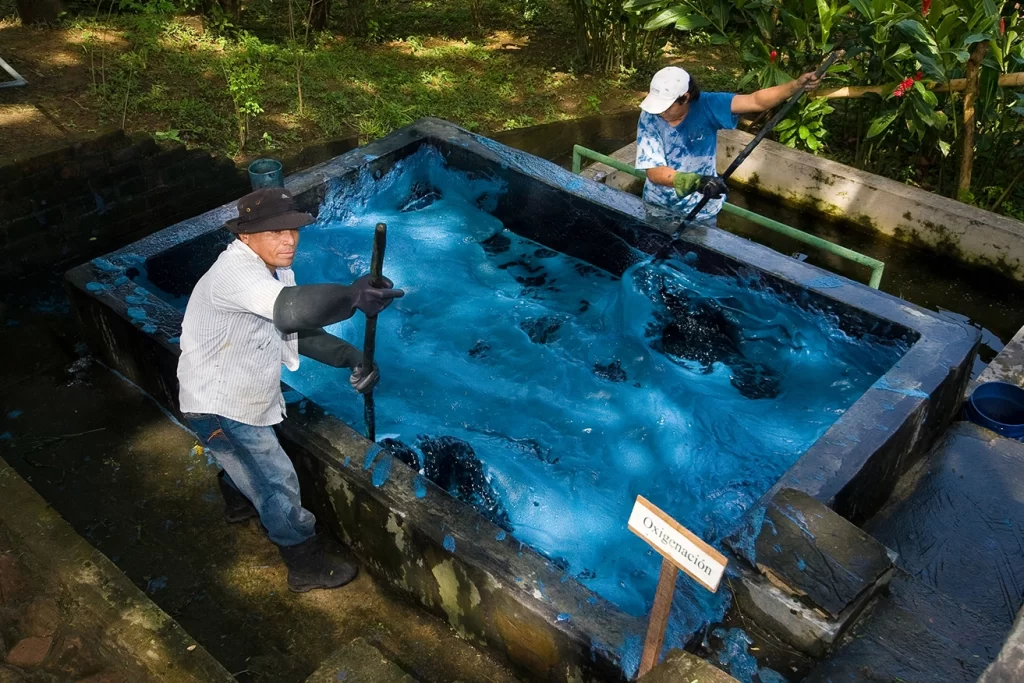
Maya Blue has its origins in a very particular source: añil, a plant that the ancient Mayans used to obtain an intense blue pigment. Known as ‘Maya Blue,’ this color held a special meaning in Maya culture as it was associated with the divine and the sacred.
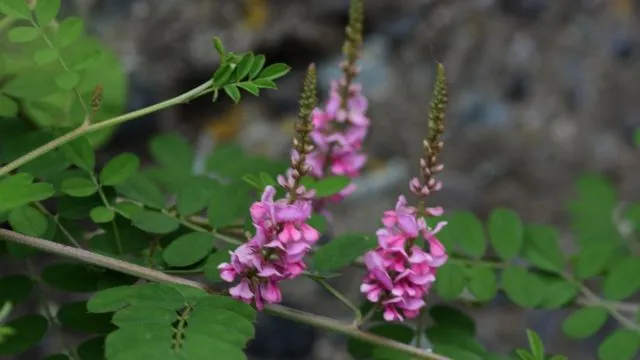
This ceremonial blue adorned sacrificial victims and altars, as mentioned by Diego de Landa Calderón, a bishop during Mexico’s colonial era in the 16th century. Archaeologists were perplexed by the resilience of the blue in the murals, as despite exposure to natural elements, the color remained vibrant, challenging expectations of its durability.
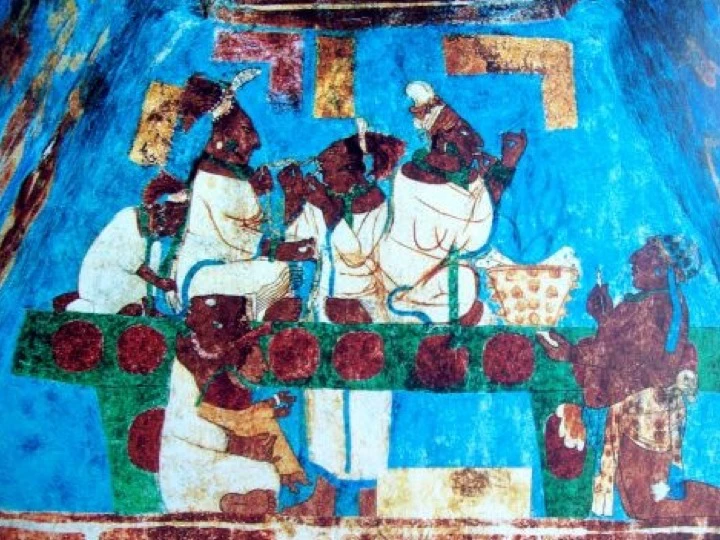
The añil plant, part of the indigo family, was widely available in the region, primarily used for dyes rather than paint. The mysteries of its durability were finally unveiled in the late 1960s when it was discovered that the key to the longevity of Maya Blue lay in a rare clay called atapulgite, mixed with the añil plant dye.
This groundbreaking discovery shed light on the secret behind Maya Blue throughout the centuries: the combination of the añil plant and atapulgite was the formula that granted this unique durability to the pigment. This revelation challenged the initial belief that the Maya only employed ephemeral dyes instead of enduring pigments.
Maya Blue, with its history rooted in Maya culture and worldview, becomes an essential component of the journey on the Maya Train route. Maya glyphs and symbols, inspired by this ancestral tradition, intertwine on the train’s seats, creating a profound connection between the past and the present, between ancestral craftsmanship and modern transportation.
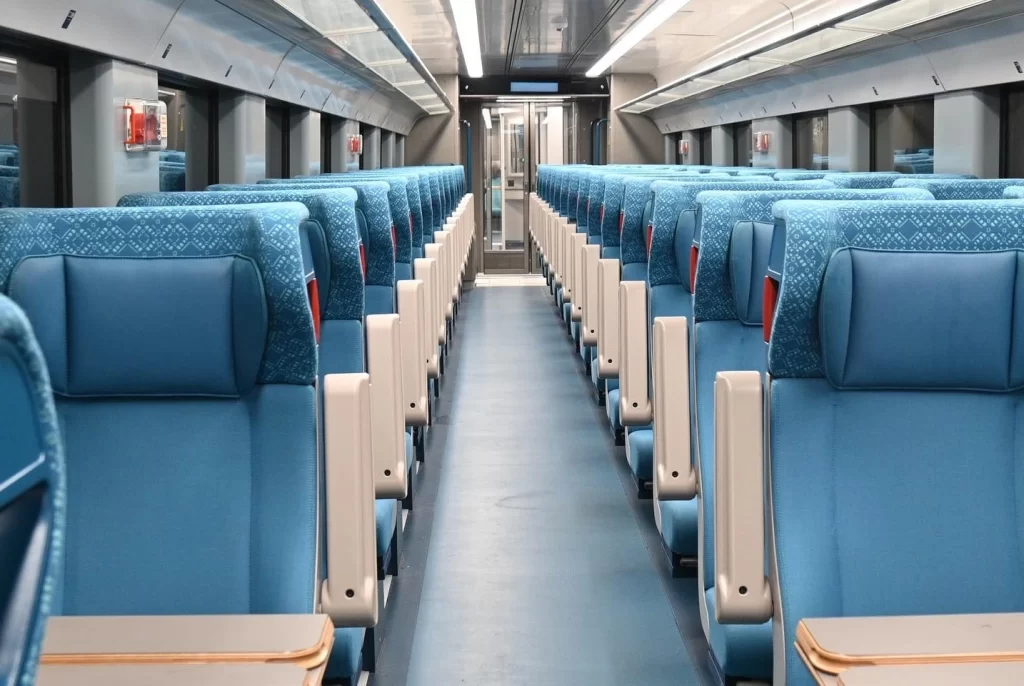
The blue of the Mexican Caribbean, reflecting the sea in its fullness, harmonizes with Maya Blue, creating a unique visual experience for passengers on the Maya Train. This combination evokes the natural beauty of the region while paying tribute to the rich cultural heritage of the ancient Mayans, firmly held in every corner of the journey.
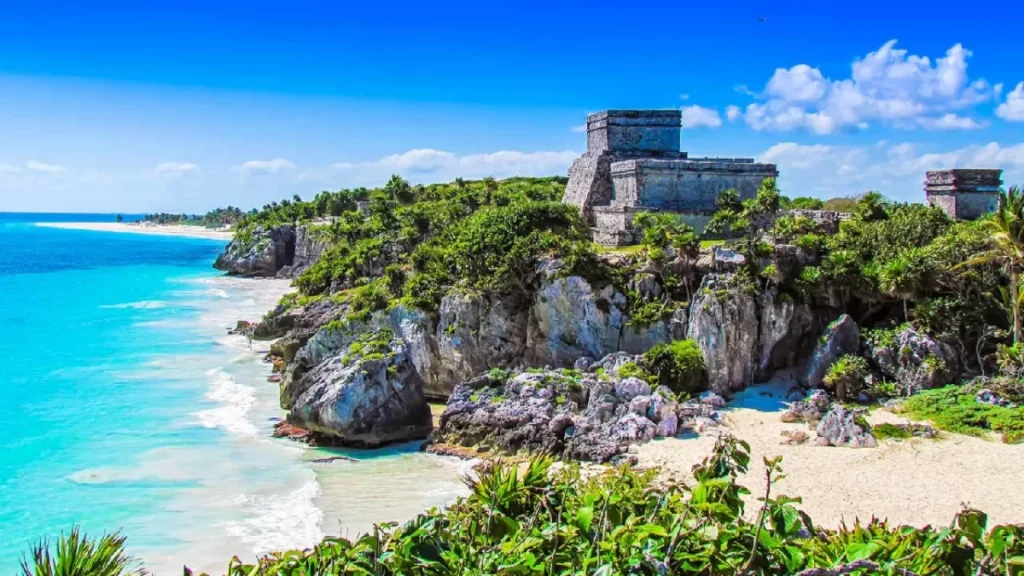

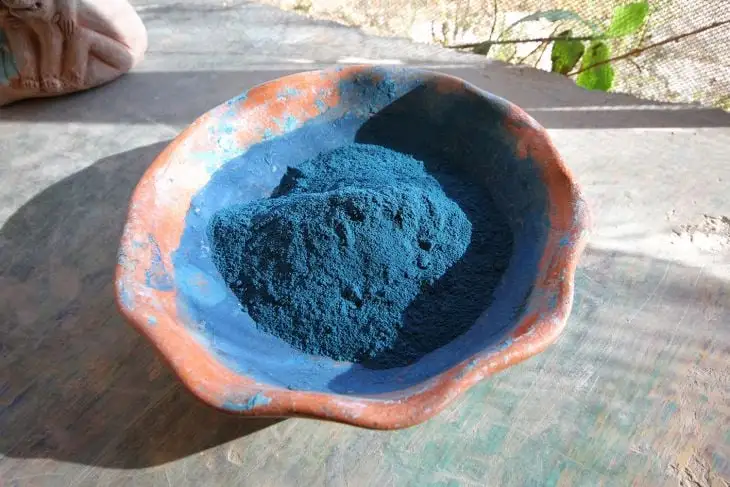

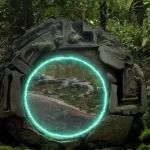

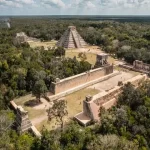
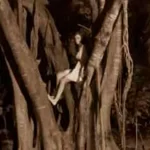
Leave a Reply